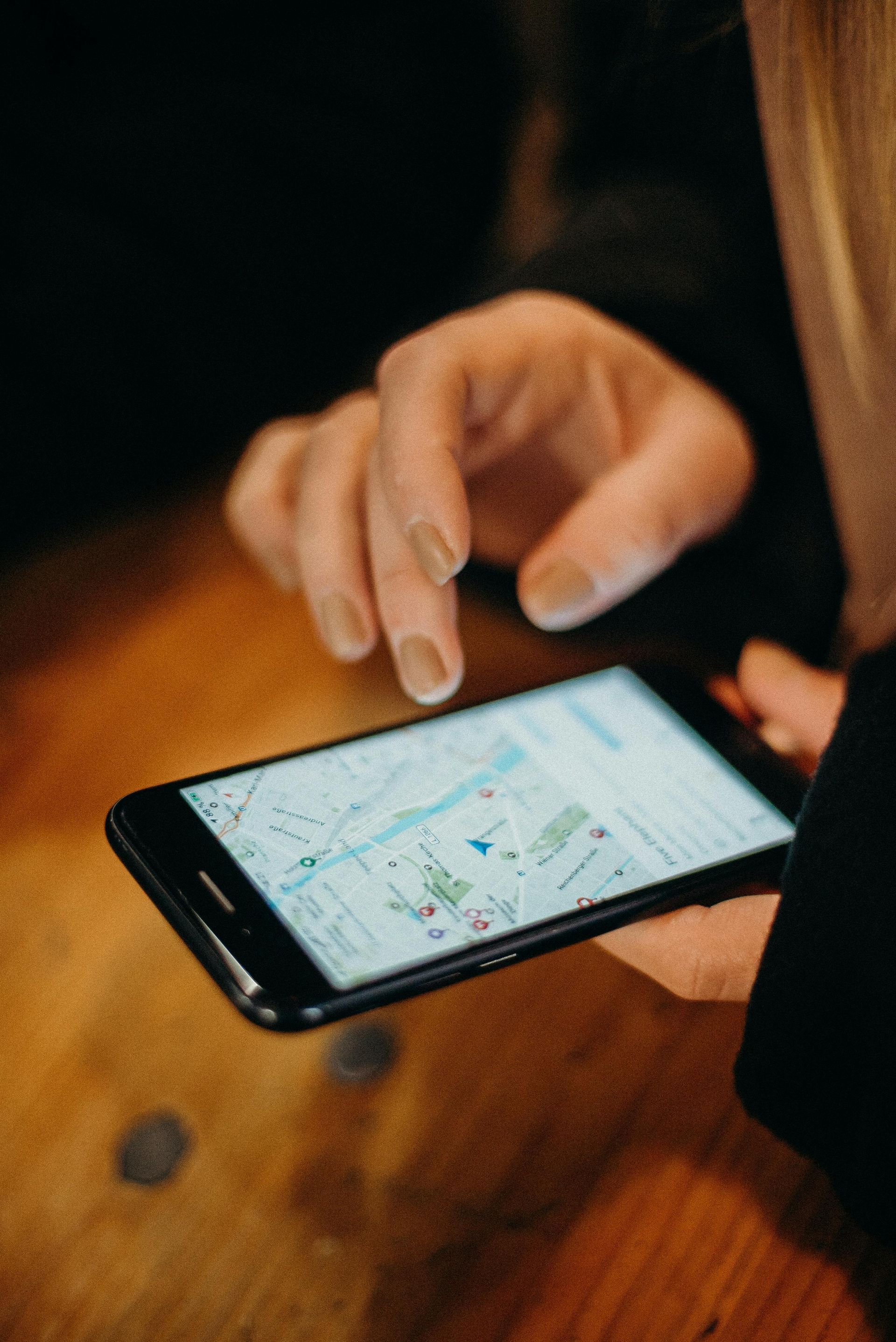Service Area Business SEO vs Storefront SEO: Tactics Compared
By Roberto Torres • November 11, 2025

Most of us want the same thing from local search, more calls, booked jobs, and foot traffic. The path there depends on our business type. A service area business, like a plumber or electrician, goes to the customer. A storefront, like a cafe or salon, serves people at a physical address. Google treats these models differently in Maps and Search, so our local SEO plan changes too.
In this guide, we compare how each model ranks and converts. We cover how Google displays listings, how to set up Google Business Profile, what signals move rankings, and what to avoid. Then we give short, clear checklists and a 60 to 90 day plan we can follow. If we want more background, this overview of local SEO for SABs vs storefronts is a helpful companion.
SAB vs Storefront SEO in 2025: What Really Differs and Why It Matters
How Google shows each business type in Maps and Search
Storefronts show a street address and a map pin. They appear for nearby searches and “open now” queries. Think pizza shop or nail salon. People see directions, hours, and walk-in details.
Service area businesses hide the address and show a service area instead. They appear for jobs at the customer’s location. Think mobile locksmith or HVAC repair. SABs often win calls from urgent service searches, and many see strong results from Local Services Ads on “near me” or “emergency” terms. On a “pizza near me” search, a storefront pizza shop will show its pin and directions. On a “mobile locksmith near me” search, SAB listings and Local Services Ads usually dominate.
For a deeper look at SAB visibility, this guide on targeting your service area explains common patterns in 2025.
Google Business Profile setup, address rules, and service areas
Storefronts list a full address and public hours. The map pin and proximity to the searcher play a big role.
SABs select service cities or ZIP codes and do not show a public address. The service area list helps users, but it does not boost rankings on its own. The verification address still anchors proximity. Many SABs improve visibility by verifying at a legitimate office in a key city, then setting service areas that reflect where they actually work. If we move, updating the verified address to a better hub city can help.
If we need a setup refresher, this practical walkthrough on service area business SEO covers GBP choices, service zones, and content ideas.
What actually affects rankings today
Local results still run on three pillars, relevance, distance, and prominence. We control many relevance and prominence signals.
- Categories, products or services, and a clear description
- On-page content that matches local intent
- Reviews with natural keywords
- Fresh photos and real work examples
- Local links and mentions from community sites
SABs usually target a wider radius with city keywords, such as “water heater repair in Amherst.” Storefronts focus on a tight radius and “near me” searches, backed by a strong location page and steady reviews.
If we want a broader 2025 playbook, this ultimate local SEO guide covers site, profile, and content updates.
Common mistakes that hold both models back
- Wrong or missing categories
- Keyword stuffed business names
- Duplicate or unmerged listings
- Thin or copy pasted city pages
- No replies to reviews
- No call tracking, no UTM tags, and no form tracking
Tactics Compared: Step by Step Plans for SABs and Storefronts
 Photo by Lukas
Photo by Lukas
Service area business plan: rank in more cities and get the phone to ring
- Pick the right GBP primary category, then add every relevant service.
- Write a strong description that names top services and cities.
- Turn on call tracking, record calls, and tag sources.
- Build 3 to 6 high quality city pages. Include job photos, unique proof, and reviews from that city. Do not copy paste text between pages.
- Add city specific FAQs that match searcher language.
- Add service schema that lists the core services on each page.
- Ask for reviews that mention the city and service, such as “drain cleaning in Ludlow.”
- Post photos tied to jobs and neighborhoods.
- Test Local Services Ads for high intent terms. Track booked jobs and cost per lead.
- Review progress monthly and refine the next city pages based on results.
For extra examples of SAB content structure, this short guide on SAB optimization in 2025 lays out practical steps.
Storefront SEO plan: grow map pack visibility and foot traffic
- Fix NAP consistency across key directories.
- Tune GBP categories, hours, and attributes. Add products or menus.
- Share photo updates weekly to show inventory, staff, and events.
- Ask for reviews that mention the location or popular items.
- Build a strong location landing page with embedded map, parking info, hours, and internal links to services or menu sections.
- Publish hyperlocal posts about nearby landmarks and events.
- Add UTM tags to GBP links. Track direction requests and calls.
- Consider branded and “near me” PPC during peak hours.
- Train staff to request reviews after positive visits and to note specific items purchased.
We also keep a running library of Local SEO tips for small businesses that can help with daily tasks and quick wins.
Ads that fit: Local Services Ads vs local PPC and when to use each
SABs often do well with Local Services Ads on emergency and high intent searches, such as “burst pipe repair near me.” These spots show above the map and build trust with Google’s screening badge. Track calls, booked jobs, and revenue by zip code.
Storefronts may lean on branded and “near me” search ads during busy times. Map ads can push directions and visits when lines are long. We measure calls, direction clicks, and in store conversions during promo periods.
The point is simple. Spend where the calls and visits happen, not just where clicks look cheap.
Budget and timeline expectations
- SABs, expect 60 to 90 days to see ranking lift in target cities after publishing strong city pages and earning fresh reviews. Start with a monthly budget for content, photos, and a test of LSAs. Adjust by cost per booked job.
- Storefronts, expect 30 to 60 days for local pack lift after GBP cleanup and a better location page. Budget for photo updates, review requests, and short PPC bursts during busy windows.
We keep budgets tied to outcomes. If a channel drives calls and revenue, we feed it.
Content, Reviews, and Tracking That Win Local Searches
Trends in 2025 favor hyperlocal signals, clean profiles, and real proof of work. Short videos, steady reviews, and neighborhood terms help both models. If you want a refresher on current practices, this rundown on local SEO for SABs lines up well with what we see day to day.
Write city pages that are not thin or duplicate
For SABs, each city page should stand on its own. Use a simple structure:
- Intro that names the city and main service
- List of services offered in that city
- Mini case study with photos and job details
- One city specific review, with the reviewer’s first name and area
- FAQs that include local terms and street names
- A clear call to call or book
Aim for 600 to 900 words with unique media and proof. Skip doorway pages that swap only the city name. Those do not help and can hurt.
Location landing pages that convert walk in customers
For storefronts, build a true local hub:
- NAP, hours, and current photos
- Parking and access info, plus ADA notes if helpful
- Popular products or services with prices
- Staff photo to build trust
- An embedded map and directions from nearby landmarks
- Internal links to related services or menu sections
Add a seasonal promo and a first time visitor offer. Keep the page fast on mobile and easy to scan.
Reviews, photos, and schema that boost trust and clicks
Ask for a review after each job or visit. Make it part of the close-out. Reply to every review and use natural keywords in your responses. Share fresh photos that show real work or the store on busy days.
Add LocalBusiness schema with NAP, hours, services, and review snippets. Keep it simple and consistent with what is on the page.
Measure what matters: leads, calls, and revenue
UTM tag every GBP link. Record calls with a tracking number and review the recordings. Track forms with event tags. Tag LSAs and PPC with the campaign name so we can see which source booked the job.
- SABs, track booked jobs and city level results. Watch which city pages drive calls and revenue.
- Storefronts, track direction requests, calls, and in store conversions during promos.
Review results monthly. Pick one simple improvement each month, like adding a case study or replacing outdated photos.
For a broad set of practical tactics, this 2025 local SEO guide pairs well with the steps above.
Conclusion
SABs win by publishing strong city pages, earning steady reviews, and using Local Services Ads on high intent searches. Storefronts win by building a tight location hub page, tuning Google Business Profile, and asking for reviews that mention the location. Pick one next step this week. Build one great city page or upgrade your location landing page. If you want help shaping a focused plan, we are here to map out the next 90 days and keep the work tied to results .




